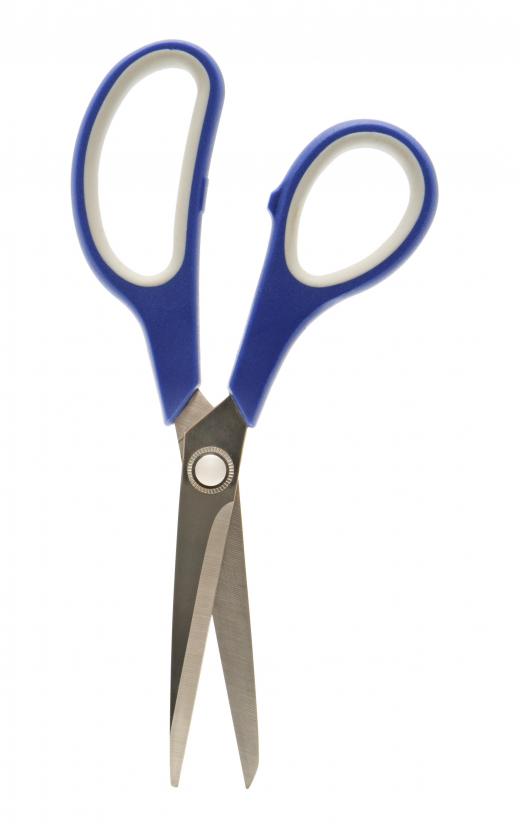When completing an upholstery project, it is essential to have the correct tools on hand. A basic upholstery tools kit should include the following: tack hammer, curved needles, straight needles, webbing stretcher, tack puller, upholstery tacks, and shears. Some other handy tools are a regulator, marking chalk, and foam cutter.
A tack hammer is one of the most common upholstery tools and is usually made of bronze. One end of the head is magnetic for placement of tacks. The other end is faced for hammering of those tacks.

Curved upholstery needles come in a variety of weights and sizes. They are used to hand-sew decks, seats, outsides, pillows, cushions and more. Straight needles are also necessary to have on hand for precision sewing where a curved needle would not work properly.
A webbing stretcher tightens, stretches and sets webbing to prepare it for tacking into place. It is one of the upholstery tools that has a sister tool called a gooseneck webbing stretcher. This type of stretcher works closer to the frame and allows for greater efficiency when pulling fabrics.

A tack puller, or staple lifter, looks similar to a screwdriver with a clawed foot. It has the correct angle on the foot to remove staples without damaging the surface beneath. These can also can use on tacks, but are not intended to be used to pull nails.
Upholstery tacks are small nail-like tacks with large sometimes decorative heads. Some are plain and made for attaching webbing or for temporarily setting up work. Others are stronger and more decorative and are intended to be used for final tacking.
A good pair of shears is another of the essential upholstery tools. They should be heavy duty to handle thick fabrics like denim and corduroy and need to be kept sharp. They come in left or right-handed versions.
A regulator is used to push stuffing into small places, like corners and curves. It pokes through large weave fabrics like tweed to adjust the filling from the outside in. They usually also have a eye to assist in threading twine.
Marking chalk is the same kind of chalk that tailors use. It writes on fabric without leaving permanent color behind. It is helpful when measuring fabrics for any project, but particularly for those that have unusual shapes.

A foam cutter is one of the more expensive upholstery tools available. It is a hand held electric saw used to cut large pieces of foam used for seats, pillows, and other cushioned surfaces. Consumers usually would not purchase a large item like this for a single use, but they are helpful for those attempting a number of projects.
